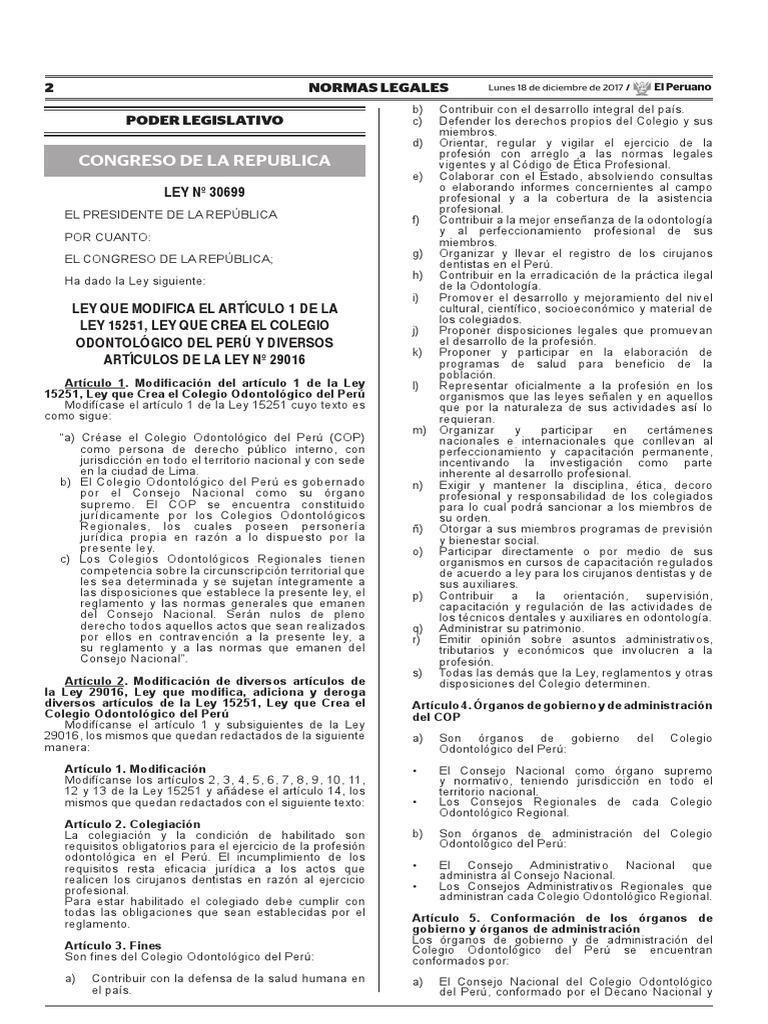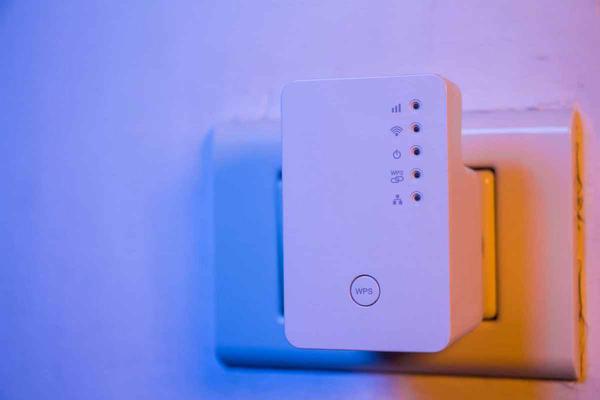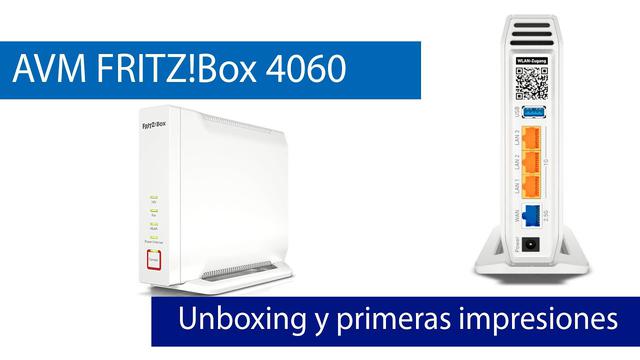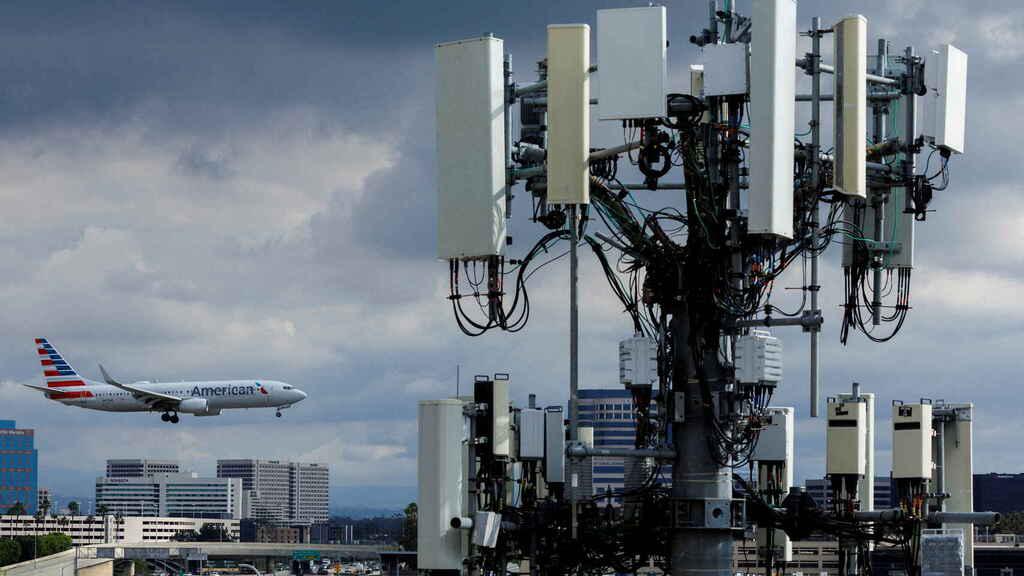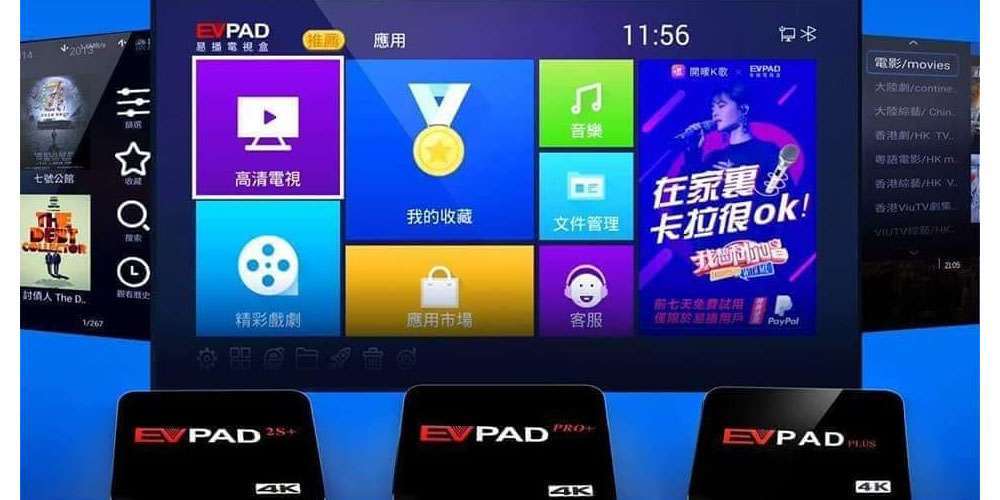Women with disabilities in the field of technology
Currently there are great advances that promise women an encouraging future in terms of gender bias and socio-labour opportunities. However, in the integration of women in the field of science and technology, much remains to be done. The problem is multi-causal and needs to be approached from different angles.
Providing equal opportunities for women in STEM careers - science, technology, engineering and mathematics - could ensure greater diversity of talent in the workplace and help reduce the gender pay gap, thus providing Better opportunities. Women are often underrepresented in these areas: less than a third of women worldwide work in scientific research and development. Women only make up 17.5% of the global tech workforce and hold 5% of leadership positions according to UNESCO figures. It is essential to understand that only 30% of women choose STEM-related subjects, and only 3% obtain degrees in ICT, information and communication technologies.
Now, this problem is doubly influential when we talk about women with disabilities. They face more barriers to employment than men with disabilities. According to the WHO, currently 75% of people with disabilities are unemployed. From Inclusame.com, a B company that works for the social and labor inclusion of people with disabilities, Clara Popeo, Regional Project Manager, maintains: “We exist because people with disabilities face multiple barriers to access employment and education. 15% of people in the world have some type of disability and of that percentage, 80% are of working age”.
“What we observe is that the pandemic at an economic level has particularly affected the most vulnerable populations, who always face greater barriers to finding a job. People with disabilities fall into this group. From Inclusame.com we did a survey on employment at the beginning of the pandemic and we saw that unemployment grew more among people with disabilities than among the general population without disabilities”, concludes Clara.

There are few data on the inclusion of women with disabilities in technological sciences and a lot of ignorance in general to offer real accessibility, as well as a lack of information on the problem. People with disabilities go through different realities that intersect, that is, there is an intersectionality of the problems where vulnerability overlaps. In this regard, women with disabilities face the obstacle of the gender gap in terms of access to technological and digital knowledge.
From Inclusame.com they work together with companies so that the inclusion of people with disabilities is part of the organizational culture and not an exceptional parameter. In recent years, the areas of diversity and inclusion of companies occupy a part of the business thematic agenda, favoring the search for talent that can meet the demands of the market.
In 2021 the company was selected by the Google.org Impact Challenge for women and girls, to carry out an initiative that promotes the employability of women with disabilities in Latin America in the technology industry. The project will seek to train 600 women with disabilities from Latin American countries and connect them with companies and freelance work platforms.
Currently, there is also a great opportunity to generate income through freelance platforms from which services can be offered from anywhere in the world and the obvious biases on the part of employers could be reduced. The technological offer wins followers of independent talents and training women with disabilities to fill these vacancies represents an opportunity. However, in general, the training offer is not accessible to people with disabilities, which is why at Inclusame.com they work to provide an academic offer that allows people with disabilities to continue professionalizing and improve their chances of access to employment.

